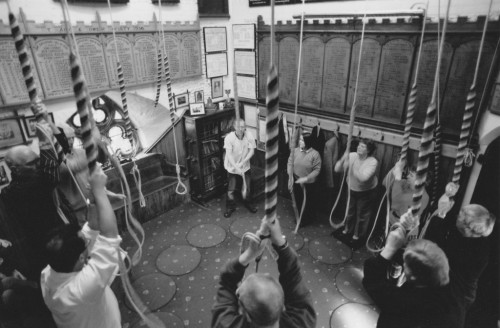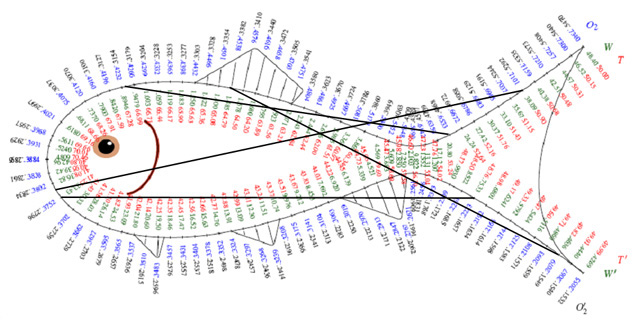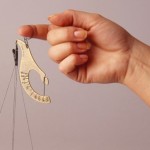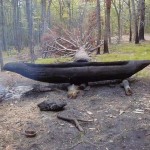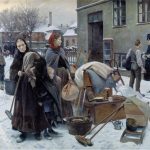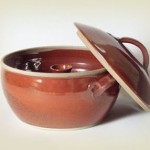Despite the curtailing of their liturgical uses, at the beginning of the seventeenth century a lot of church bells remained hanging in church towers. Ringing them was an activity pursued with great enthusiasm, often by groups of boozy young men. Paul Hentzner, a German lawyer who traveled through England in the final years of the sixteenth century, wrote that the English were “vastly fond of great noises that fill the ear, such as the firing of cannon, drums, and the ringing of bells, so that it is common for a number of them, that have got a glass in their heads, to go up into some belfry, and ring the bells for hours together for the sake of exercise.”
It was in these long, beer-fuelled ringing sessions that change ringing was invented, as a codification of the disorganized ringing that Hentzner describes. It seems to have started in London and southeast England in the early seventeenth century; it spread, and by the 1660s was a fashionable recreation, with societies springing up all over south, central, and eastern England to further the practice.
